Pulses are an essential group of nutritious foods often included in our daily meals. These edible seeds from the legume family are delicious and packed with vital nutrients. This article talks about the different types of pulses, their nutritional benefits, and their importance in incorporating them into your diet.
Let us dive into the world of Pulses.
What Are Pulses?
Pulses are edible seeds that come from plants in the legume family. Unlike other legumes that are harvested for oil (like soybeans) or green peas, pulses are primarily grown for their dry seeds. Some common pulses you might be familiar with include lentils, chickpeas, black beans, and split peas.
These tiny seeds are power-packed with nutrients and provide a great source of protein, fibre, vitamins, and minerals. Furthermore, they are versatile and can be used in a variety of dishes from soups and stews to salads and snacks.
Types of Pulses
There are many different types of pulses and each with its unique flavour, texture, and nutritional benefits.
- Lentils:
- Chickpeas:
- Black Beans:
- Split Peas:
- Kidney Beans
Description: Lentils are small, lens-shaped seeds in many colours, including green, brown, red, and black.
Uses: They cook quickly and are often used in soups, stews, and salads.
Nutritional Benefits: High in protein and fibre, lentils are also a good source of iron and folate.
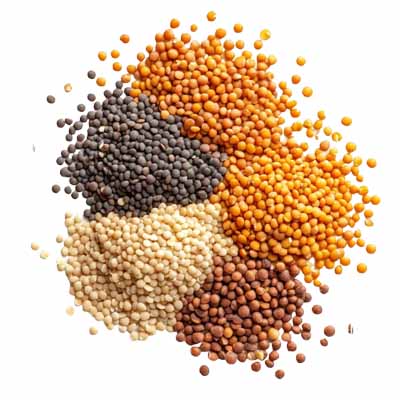
Description: Also known as garbanzo beans, chickpeas are round and beige-coloured.
Uses: Commonly used in hummus, salads, and stews, chickpeas can also be roasted for a crunchy snack.
Nutritional Benefits: Rich in protein, fibre, and essential vitamins and minerals like folate and iron.
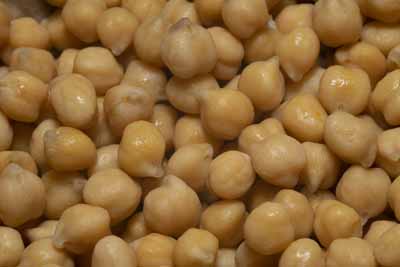
Description: Black beans are small, shiny, and black.
Uses: Popular in Latin American cuisine, they are used in making burritos, soups, and salads.
Nutritional Benefits: Black beans are high in protein, fibre, and antioxidants, and they also provide important nutrients like folate and magnesium.
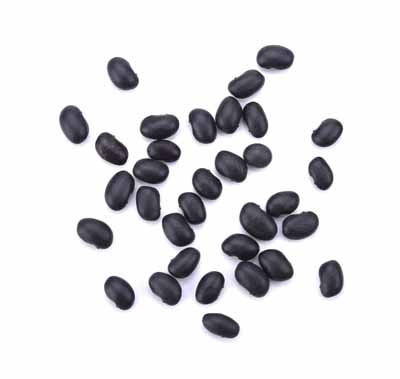
Description: Split peas are peeled and split seeds of the pea plant, available in yellow and green varieties.
Uses: These are cooked to a creamy consistency, and often used in soups and stews.
Nutritional Benefits: Good source of protein, fibre, and vitamins like B vitamins.
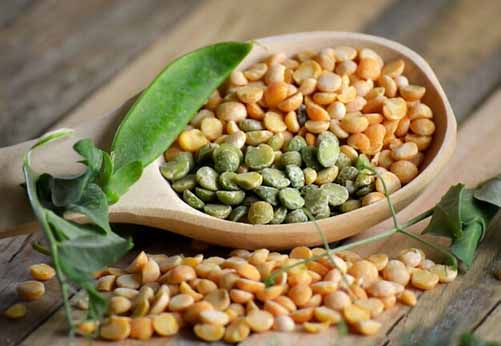
Description: Kidney beans are large, kidney-shaped and are red.
Uses: Commonly used in chilli recipes, salads, and casseroles.
Nutritional Benefits: High in protein, fibre, and essential minerals like iron and potassium.
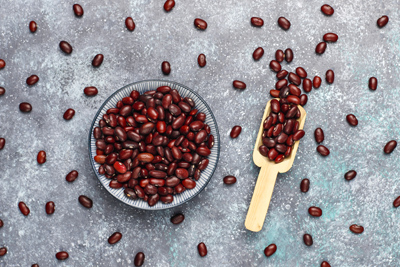
Importance of Pulses
Now that we know about the different types of pulses, let us explore why they are so important and why you should include them in your diet.
- Nutrient-Rich: Pulses are loaded with essential nutrients, making them a powerhouse of nutrition. They are an excellent source of protein, especially for vegetarians and vegans who might not get enough protein from animal products. Additionally, pulses provide dietary fibre, which aids in digestion and helps keep you feeling full.
- Affordable and Accessible: Pulses are generally inexpensive and widely available, making them an affordable option for families to include in their meals. They can be bought in bulk and stored for long periods, making them a convenient pantry staple.
- Sustainable and Environmentally Friendly: Pulses are good for your health and the environment as well. They have a low carbon footprint and require less water to grow compared to other protein sources like meat. Plus, pulses help improve soil health by fixing nitrogen, reducing the need for synthetic fertilisers.
- Versatile and Delicious: One of the best things about pulses is their versatility in the kitchen. They can be used in a wide range of dishes, from savoury to sweet. Whether you are making a hearty lentil soup, a creamy hummus, or a tasty black bean salad, pulses add flavour and nutrition to any meal.
- Supports Healthy Weight Management: The high protein and fibre content in pulses can help with weight management. They keep you feeling full for longer, reducing the temptation to snack on unhealthy foods. Including pulses in your diet can also help regulate blood sugar levels, which is important for maintaining energy and overall health.
Fun Ways to Include Pulses in Your Diet
Now that you know how awesome pulses are, let us move on to some fun and easy ways to include them in your meals.
- Soups and Stews: Add lentils, split peas, or black beans to your favourite soups and stews for an extra boost of protein and fibre.
- Salads: Toss chickpeas or kidney beans into your salads for added texture and nutrition.
- Snacks: Roast chickpeas with your favourite spices for a crunchy and healthy snack.
- Dips and Spreads: Make a delicious hummus or black bean dip to enjoy with veggies or whole-grain crackers.
- Main Dishes: Use pulses as the main protein source in dishes like lentil curry, black bean burritos, or chickpea stir-fry.
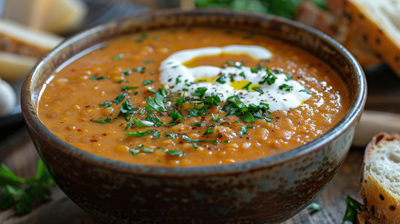
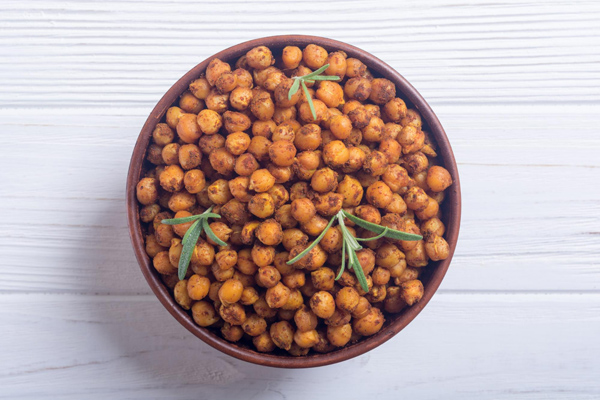
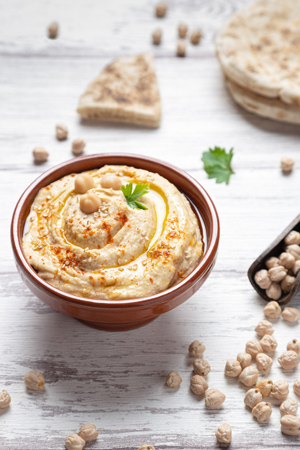
Conclusion
Pulses are an incredible food group that offers numerous health benefits and is a must in any diet. They are nutritious, affordable, and environmentally friendly, making them an excellent choice for everyone. By including a variety of pulses in your meals, you can enjoy their unique flavours and textures while reaping the benefits of their high protein, fibre, and essential nutrients.
So next time you are planning your meals, do not forget to add some pulses to the mix. They are a tasty and nutritious way to fuel your body and support your overall health.
Happy eating, and keep exploring the wonderful world of food!
For more such informative/interesting blogs, visit Mother’s Pet Kindergarten.

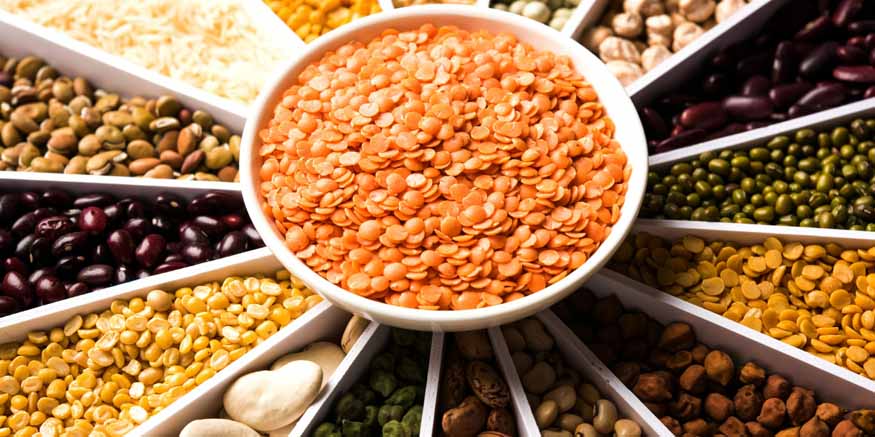
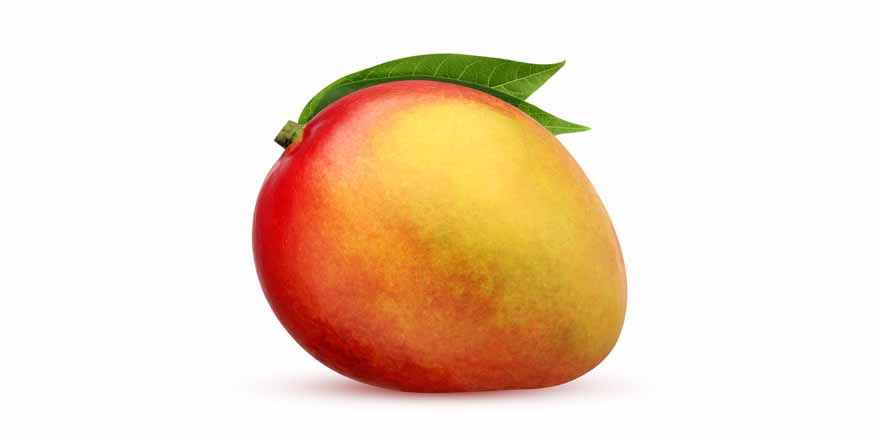










Recent Comments